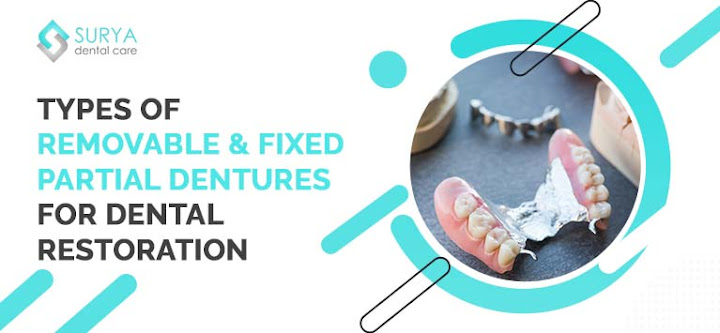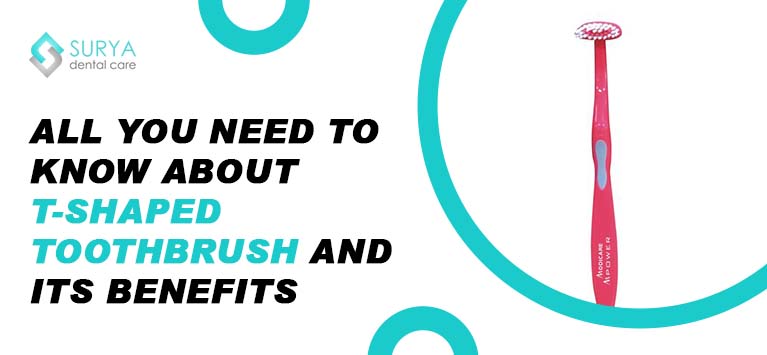
If you are missing any of your teeth and the remaining teeth are still healthy or in a good condition, partial dentures might be the ideal solution for you. They are an affordable tooth replacement option for people who have missing or broken one or more teeth.
In this blog post, you will learn more about partial dentures and their types.
What are partial dentures?
Partial dentures are also known as removable dentures, they replace your single or multiple missing teeth in the upper or lower areas of your mouth. They are more than just cosmetic appliances.
They can also improve the speaking and chewing ability of the wearer. Moreover, these partial dentures help prevent your remaining teeth from shifting position over time. But they are usually not made to be worn continuously.
Dentists advise every denture wearer to remove the false teeth set at night and clean them.
Types of partial dentures
The type of dentures you need depends on your health, the number of teeth you have, which materials are used, and their durability. There are various types of partial dentures are following:
1) Cast metal partial dentures
This is among the most commonly used partial denture options. It comprises a stiff, extremely thin metal base that supports the row of acrylic teeth.
Similarly to acrylic partial dentures, metal clasps attach the denture to the remaining natural teeth. This option is more popular among people because they are more aesthetically pleasing than metal clasps. They are highly durable when maintained with proper care.
2) Acrylic partial dentures
This type of denture is made of a gum-looking pink colored bulky and thick acrylic base to reduce the possibility of breakage. Metal clasps are used to attach them to the natural teeth. They are also known as acrylic flippers. This type of partial denture is less desirable because the acrylic clasps are not as strong as cast metal clasps.
These removable flippers are only ideal for people who have progressive periodontal conditions and who lost their teeth over time and who need adjustable dentures.
However, these dentures are usually seen as a temporary solution because some people might not find their “bulky” shape to be particularly attractive or comfortable.
3) Flexible partial dentures
These flexible partial dentures are the perfect alternative for those who are not feeling comfortable with cast metal dentures and acrylic dentures and suffering from allergic issues because of the hypoallergenic materials.
These partials are made of a thin, lightweight thermoplastic material that is carefully molded with injections to fit over the gum tissues.
Tissue connection serves as the foundation for the strength of this option. It is mostly preferred because of the high level of comfort and the appearance is more natural without the use of conventional metal clasps.
4) Fixed Bridge
Fixed bridges are a perfect solution for people who are missing one or two teeth. It can be considered a permanent denture because it remains in your mouth at all times and won’t need to be taken out.
However, the biggest drawback of this fixed bridge is that nearby healthy teeth must be filed down and prepared to take crowns to support it. It is a part of the dental bridge treatment.
5) Implant-Supported Fixed Bridge
If you have missing teeth and would like to prevent any natural existing teeth from damage then the implant-supported fixed bridge is a good option for you.
These kinds of dental implants use small posts that are permanently inserted into your mouth which are composed of biocompatible titanium.
Although this is an expensive procedure, they are highly durable and can last for life when compared to other removable partial dentures.
Bottom line
Partial dentures are a good replacement option if you are looking for an alternative to replace your one or multiple missing, broken, or damaged teeth. If you want to maintain your optimal oral health you should take proper care of your partial dentures.
Follow your dentist’s instructions for maintaining your device properly and visit your dentist at least twice a year for regular checkups.









Leave a Comment